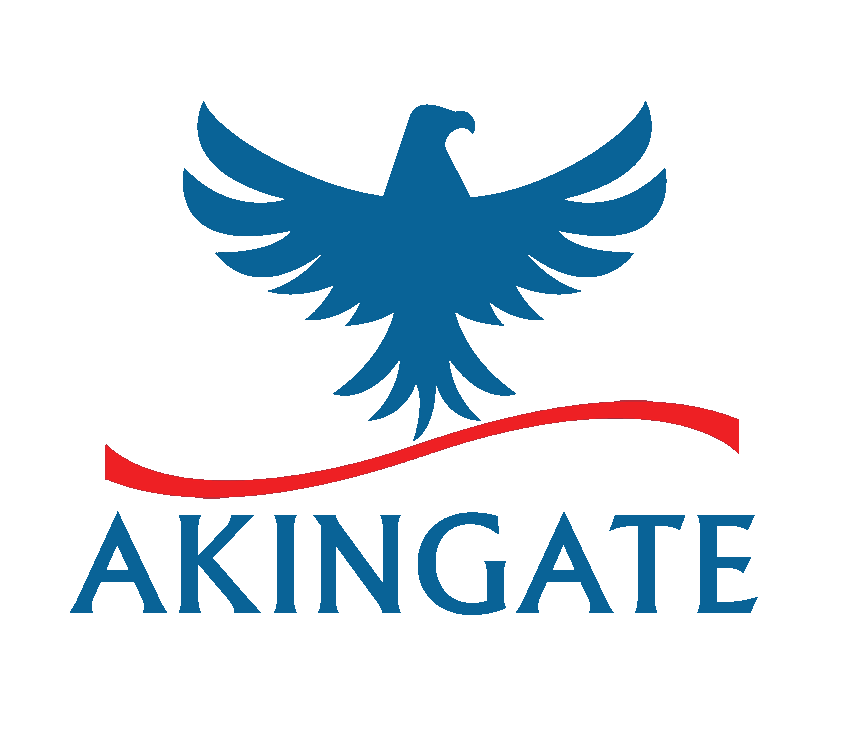
An overview of Nigeria’s medical health sector, the technological challenges, existing or emerging technology that could benefit the sector and suggested solutions to address development issues.
Healthcare in Nigeria is being provided at three levels: primary, secondary, and tertiary. The primary level is at the community level, which includes the health centres and hospitals, which provide restorative care for common, uncomplicated cases like malaria, diarrhoea, cough, circumcision, etc. The secondary level (General Hospitals) takes it a notch higher and sees more common issues that may overwhelm the primary centres and take up cases that are not uncomplicated but not precisely life-threatening, such as cesarean section deliveries appendectomies, herniotomies, etc. Secondary centres are also equipped to carry out minor academic and research engagements. Finally, complicated and technical cases are seen at the tertiary level, as it is expected for tertiary centres (Teaching Hospitals and Federal Medical Centers) to be thoroughly equipped for such cases and carry out academic and research purposes on a grand scale. The Minister of Health oversees the Nigerian health sector.
Technologies that have impacted the Nigerian Health Sector.
The advent of laparoscopic and minimally access surgery is high on the list. Surgeries can be done quicker, with less incision and scar tissue afterwards and a higher success rate. The technology of laparoscopy is fast evolving, with at least one tertiary centre in the six geo-political zones of Nigeria being able to do such.
Some conditions like myocardial infarction, angina, etc., could become fatal if not attended to within the clock. Sadly, most patients eventually die because of the absence of intervention radiology facilities. However, in recent times, more Nigerian doctors have been trained and have become adept in Intervention Radiology techniques and have thus reduced the mortality rates of such conditions. Still, in radiology, more centres have state-of-the-art Computed Tomography (CT scans) and Magnetic Resonance Imaging (MRI) machines to improve radio-diagnosis and improve patient outcomes. In the labs, Polymerase Chain Reaction (PCR) machines also make it easy and faster to make diagnoses.
Telemedicine, although still on an introductory level, is fast gaining traction and is seen as an alternative to hospital visits, reducing patient-doctor load and improving outcomes. The air ambulance system is also another novel introduction that would also improve patient outcomes with time.

Technological Challenges Facing The Health Sector And Suggestions.
A challenge remains the inability to take up Electronic Medical Recordings (EMR) as an integral function of the hospital environment. It is sad to see that Nigerian health practitioners are still in a pen and paper age, and sometimes, even these papers aren’t made available. Recording on papers has shown to make monitoring and evaluation, research, and innovations to be a bit difficult as sometimes it is difficult to trace and retrieve data or even confirm data. Unlike with the EMR, wherein a piece of information stored in the cloud would be viable for as long as needed. It also aids remote working, as people can carry out research and academic engagements anywhere.
Another challenge is telemedicine, which is yet to be accepted and practised. Every day, the hospital environment is choked up and thus creates a nidus for Hospital-acquired Infections, the so-called nosocomial diseases. How telemedicine can help with this is for people with less severe concerns to be seen online and get their needs attended to, leaving only those with extreme morbid conditions needing to visit the hospital.
So far and currently, only very few government centres have been able to adopt the EMR and Telemedicine, and a handful of private centres.
Another area where the Nigerian health sector can benefit from technology is interventional radiology, robotic surgery, use of high-definition technology for Ultrasound, CT, and MRI. It’s saddening that the CT in Nigeria is used to confirm diagnoses and only recommended to either argue with or ratify the clinical understanding and skill of the doctor. However, in developed countries, the CT is used as a routine investigatory tool at the triage, and sophisticated technology like the Positron Emission Tomography (PET) scan is used to diagnose exclusion.
In conclusion, some Nigerians have designed custom medical technology to address local issues; however, some are not precisely novel but modifications of pre-existing models. The good news is that Rome was not built in a day, and Nigeria is on its way to harnessing technology. Nigeria needs an enabling scientific environment, political will and public-private partnerships that will encourage innovation and technological development in the health sector.
_____________________________________________________________
Copyright © Akingate. All Rights Reserved.
See our copyright notice.
Image Credit: Intensive care photo created by DCStudio – www.freepik.com








[…] 2021, the system still uses traditional paper records. It’s ill-equipped with technological infrastructure and lacks quality electronic health data. […]
[…] relying on other nations, the health sector needs to be infused with similar innovation, inventiveness, resiliency, and resourcefulness found […]
[…] Villgro has steadily put seed money into social enterprises with homegrown solutions to Africa’s health and lifestyle […]